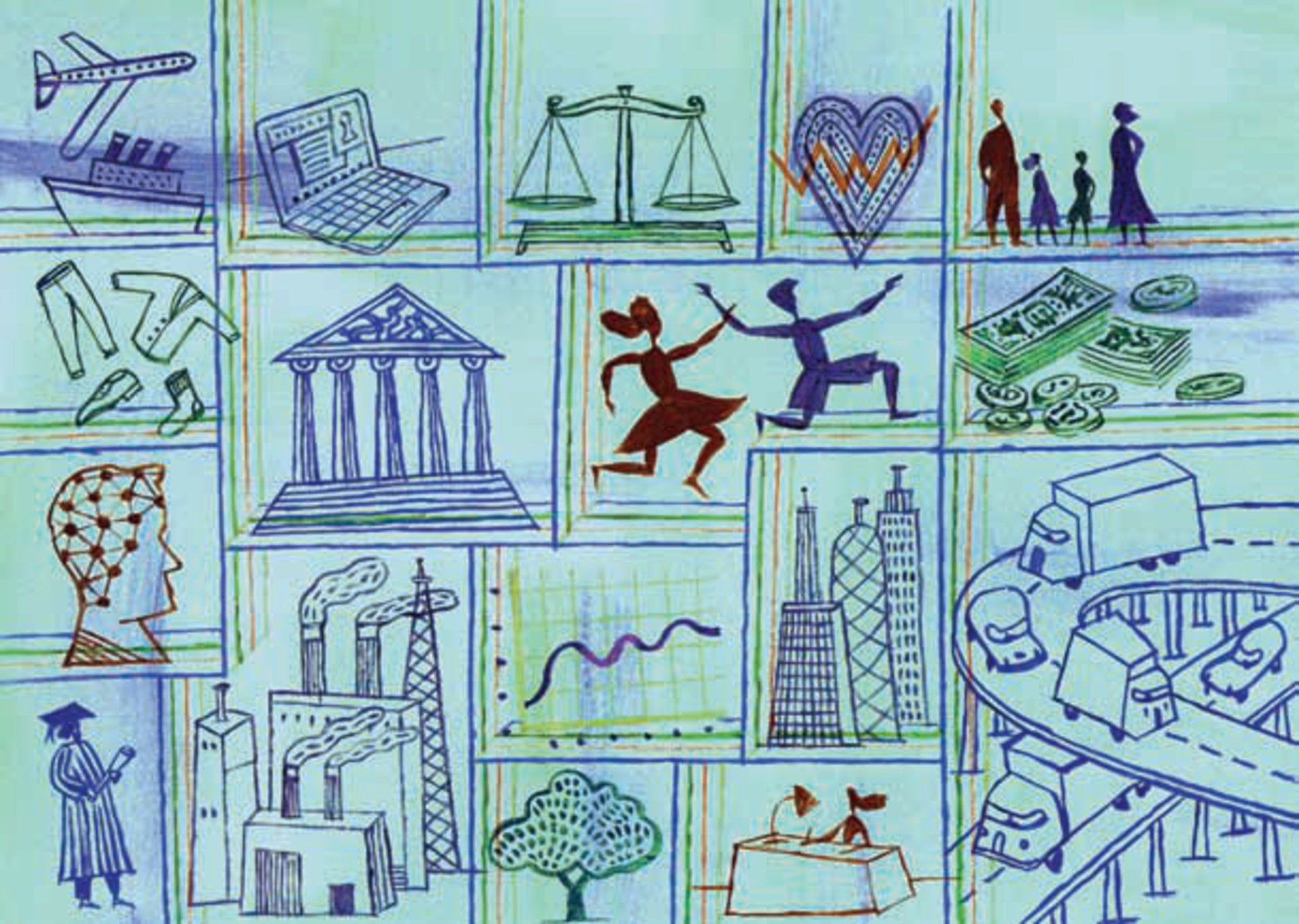Centres of government (CoGs) are the administrative structures supporting the executive (such as the president, prime minister and the council of ministers or cabinet collectively).
Among the 26 OECD countries for which data were available, the most notable changes in the functioning of CoGs in response to COVID-19 were having to provide support to more co-ordination instances (20 out of 26, 77%), and more stakeholders participating in co-ordination meetings called by the CoG (19 out of 26, 73%). Among the countries where more stakeholders have participated in co-ordination meetings, almost all expected to retain this change during the planning of the economic recovery from COVID-19, while less than half of countries with more co-ordination instances expected to retain this change. Other changes include instituting new protocols on communication and to combat disinformation (17 out of 26 CoGs, 65%), and new or increased responsibilities (12 of 26 CoGs, 46%) such as for risk management and policy analysis. Most expect to retain these changes. Despite increased responsibilities and more complex workloads, however, only 7 of 26 responding OECD countries (27%) reported an increase in resources available to the CoG since the onset of the COVID-19 crisis, and 6 out of 26 (23%) reported changes in staff levels (Figure 4.1).
All responding countries had at least one mechanism in place to align strategic plans and fiscal frameworks, with 22 out of 26 (85%) using discussions in the cabinet or council of ministers for this purpose. This co-ordination mechanism is typically supplemented by at least one additional lower-level mechanism. These include ex ante review and approval from the ministry of finance (13 out of 26, 50%), discussion and technical co-ordination within the centre of government (13 of 26, 50%), specific dialogues between the head of the CoG and the minister of finance (10 of 26, 38%) and special sub-cabinet committees (9 of 26, 35%). There is no clear pattern across countries as to how different co-ordination mechanisms are combined, with each country using a bespoke set of mechanisms (Figure 4.2).
Governments have widely used information campaigns and consultation mechanisms to involve stakeholders in strategies for COVID-19 and the recovery, but the use of engagement mechanisms to actively involve them has been less common. Most of the 26 responding countries used consultation mechanisms to involve stakeholders both in the design of strategies for the response to the COVID-19 crisis (20 out of 26, 77%) and the design of strategies for the recovery period (18 of 26, 69%). Governments have also made widespread use of information campaigns to inform stakeholders about the design of the strategies for the response to the COVID-19 crisis (19 of 26, 73%) and strategies for the recovery period (16 of 26, 62%). However engagement mechanisms to actively involve stakeholders in the design of the strategies for the response to the COVID-19 crisis or for the recovery period have only been used by 9 out of 26 governments in each instance (35%) (Online Table G.26).


